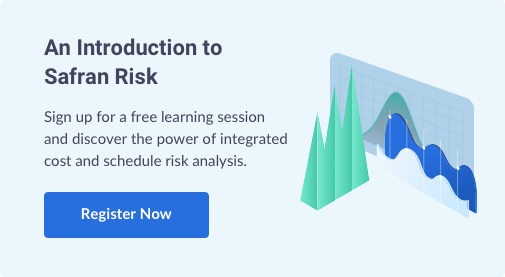Energy Facility Contractors Group (EFCOG) Performs an Evaluation of Risk Analysis Tools
In March 2019, President Donald J. Trump unveiled his FY 2020 Budget Request. As part of the proposal, president Trump requested $31.7 billion dollars to fund the Department of Energy (DOE).
President Trump’s budget supports America’s continued rise as an energy-independent nation. It advances U.S. national security and economic growth by making investments in transformative science and technology innovation to promote affordable and reliable energy. In addition, it provides funding to meet the USA’s national security and environmental clean-up challenges.
Department of Energy (DOE) Projects Drive Cleaner, Safer, and More Efficient Energy
The DOE is driving strategic investments in the transition to a cleaner, domestic, and more secure energy future. It ensures responsible development of America’s oil and gas resources.
This coincides with work undertaken by scientists at the Energy Department’s National Labs, who are busy developing technologies to reduce carbon emissions and ensure fossil energy sources play a role in America’s clean energy future.
The DOE is responsible for the development of all of America’s clean energy, including solar, wind, water, geothermal, bioenergy, and nuclear. It continues to drive strategic investments in the transition to a cleaner, domestic, and more secure energy future.
To do this, the DOE must deliver its mission at scale, supporting a population of over 320 million citizens. With so many initiatives competing for limited budget, it's vital the DOE only approves projects based on realistic project cost forecasts.
However, traditional deterministic project costing methods fail to provide the realistic probabilistic range of costs required to make the right project approval decisions. They fail to consider the probabilistic impact of project risks.
What’s needed are best-in-class quantitative cost and schedule risk analysis methods and tools.
With best-in-class project risk analysis, project controls professionals can identify the risk drivers likely to have the biggest impact on cost and schedule. By identifying the size of these impacts in days or dollars, what-if risk mitigation strategies can be properly explored. The return on investment of the best risk mitigation strategies can be validated, thereby reducing the overall project cost.
This approach enables project controls professionals to optimize the schedule, allowing for a probabilistic range of activity durations. And this helps them identify a faster, more efficient delivery plan that may uncover an entirely new critical path.
Safran Supports DOE Sites
Safran Risk is being adopted by National Laboratories and Contractors working to achieve the Department of Energy’s mission.
We at Safran listen to our customers and take pride in working with them to enhance our products to meet their needs. This includes updating our risk analysis tool to meet the individual requirements of our DOE clients and involving our customers in the Beta testing of our products.
We’re proud of the exemplary feedback we’ve received from users across a range of DOE sites regarding the level of customer service, technical support, and training they’ve received.
EFCOG findings are published in this publicly available, 52-page report.



